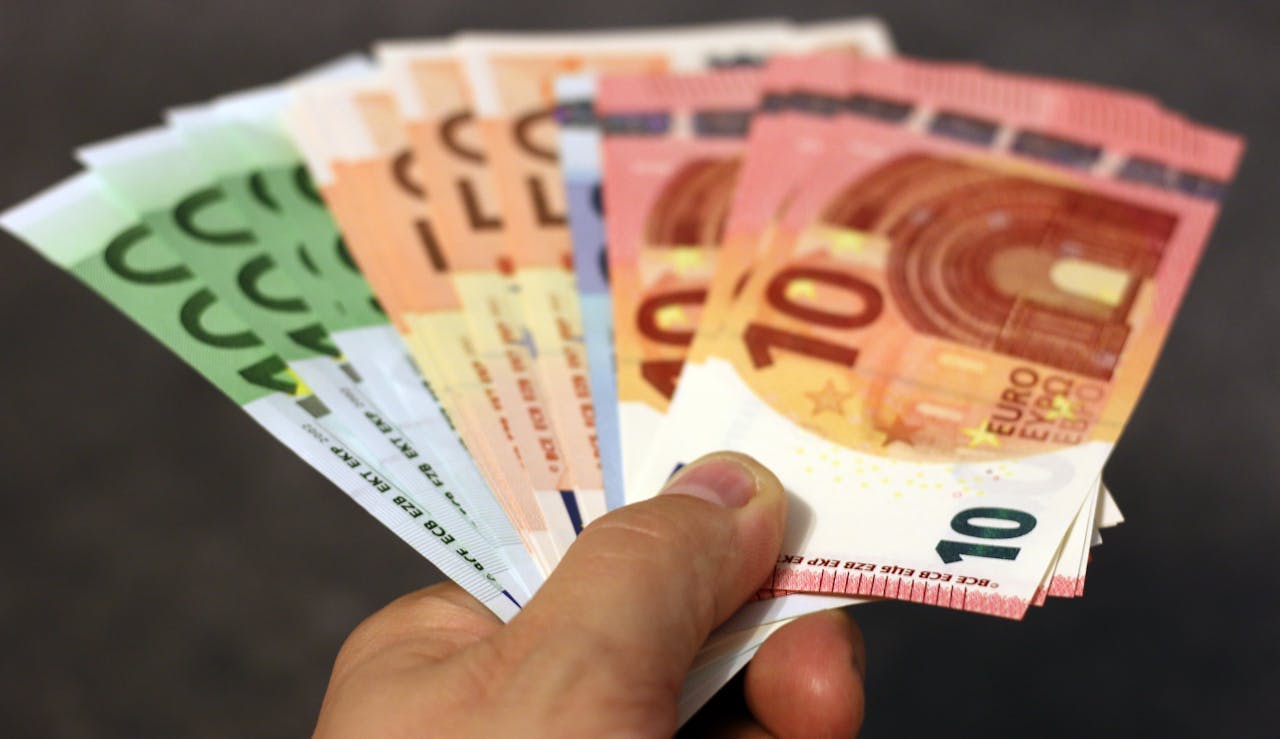
Cash for change
10 May, 2024
Finding the best way to lift people out of poverty is the subject of enormous debate, both within the development community and more broadly. Academics, economists, sociologists and historians all come at this from different perspectives (often within as well as between disciplines) and proffer possible solutions, often including complex programmes and approaches.
However, one simple answer is gaining an increasing amount of attention: cash.
In the Netherlands, the city of Arnhem is cancelling the debts of some of the poorest families in the country to break the cycle of poverty and give people a fresh start. The pilot programme seeks to replace the current model, which costs the government billions more than the initial debt in accrued health and welfare costs, while also failing to effectively help those in need. The new approach offers instant relief with no repayment obligations, giving families an opportunity to take hold of their lives.
Sending money directly to those in need is not a new concept. GiveDirectly is a nonprofit organisation that lets donors send money directly to the world’s poorest households. Their research, which pulls evidence from 165 studies, shows that cash transfers are associated with reductions in monetary poverty. With corporate partners including Canva and Google, GiveDirectly offers businesses an opportunity to get involved and give back. Recipients have been shown to use the cash they receive on medicine, school fees, water, vehicles, and even to launch their own businesses which generate income.
Cash allows individuals to invest in what they need, instead of relying on others to choose for them. We are looking forward to seeing more direct giving models changing the way we think about debt and poverty, offering those in need the agency to take hold of their finances. So, if you or your business is looking to amplify the impact of your donations, it might be worth considering cash transfers.
By Meg Seckel
 Back to all friday 5
Back to all friday 5